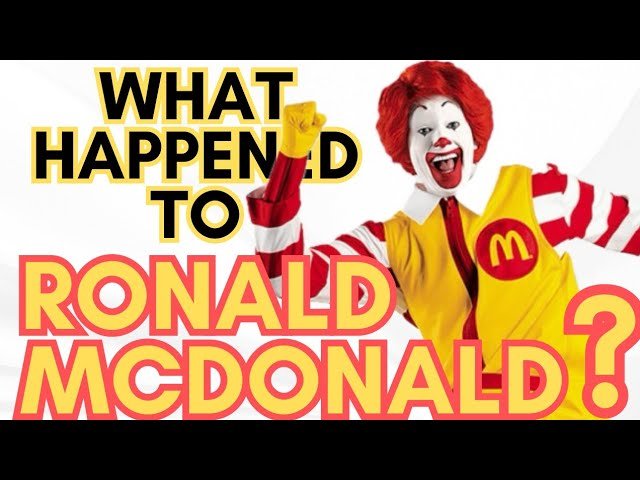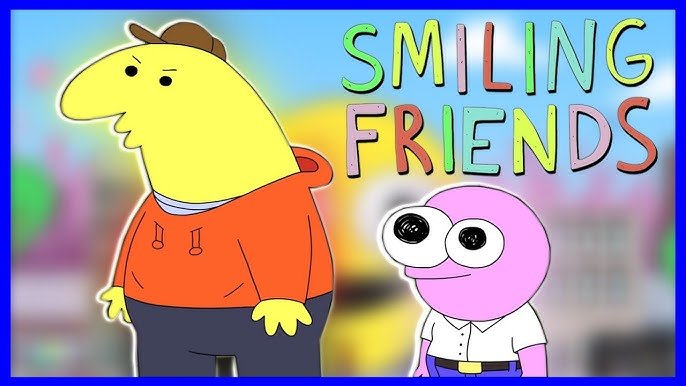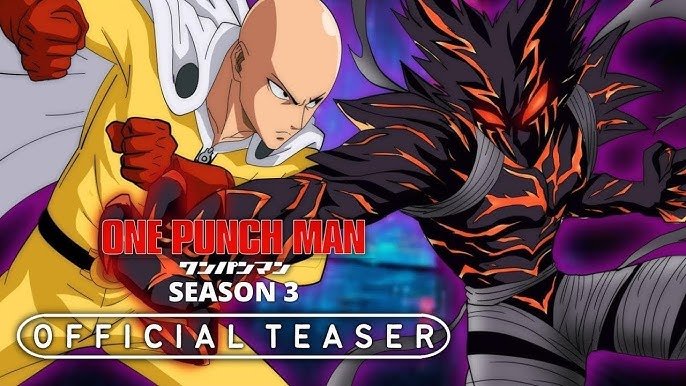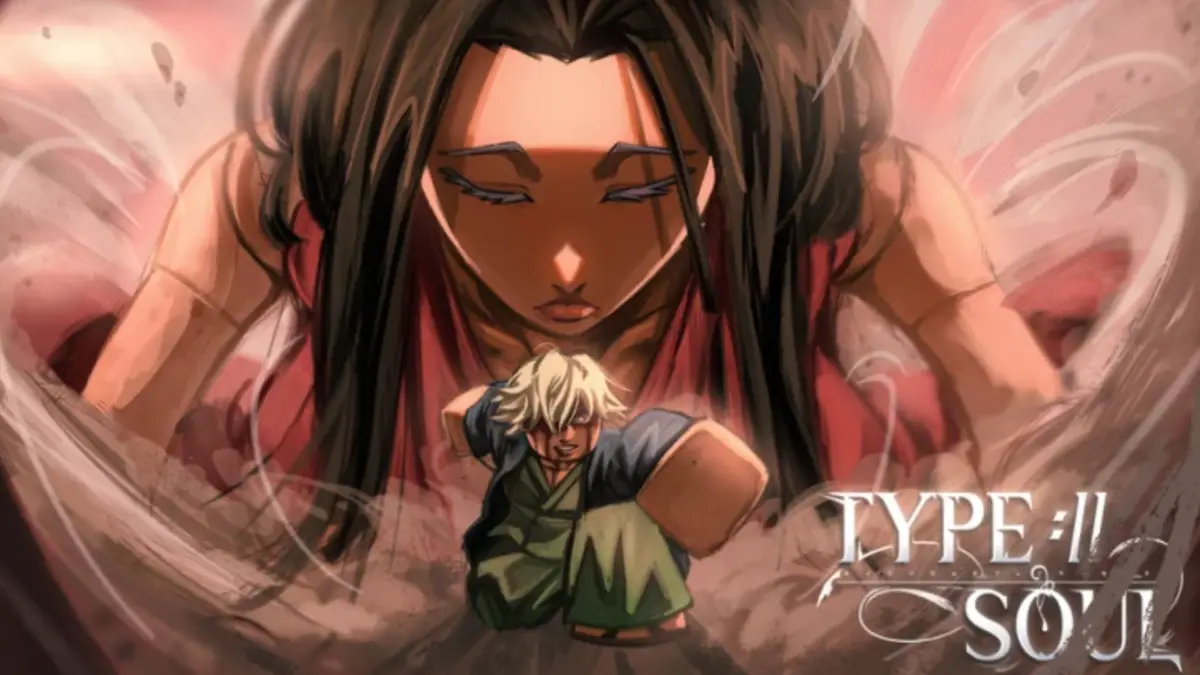What Happened to Ronald McDonald?
Ronald McDonald, the iconic clown character of the fast-food chain McDonald’s, has been a beloved figure for decades. With his bright red hair, big shoes, and cheerful demeanor, he has represented the brand to children and families worldwide. However, in recent years, many have wondered, “What happened to Ronald McDonald?” This article will dive deep into Ronald McDonald’s evolution, the changing landscape of advertising, and what the future might hold for this cheerful character.
The Origins of Ronald McDonald
Ronald McDonald debuted in the early 1960s, and it was crafted as a marketing tool to promote McDonald’s restaurants and menu items. The character was first introduced to children in a television commercial featuring a clown who loved hamburgers. His friendly personality and playful antics quickly endeared him to the public. Over the years, he became synonymous with the brand, appearing in countless advertisements, promotional events, and even television specials.
The Creation of a Legend
- The First Ronald: The original Ronald McDonald was portrayed by a man named Willard Scott, who was also a weatherman. Scott donned a clown costume and performed in various commercials. His cheerful disposition helped to create the foundation for Ronald’s character.
- Design Evolution: Ronald’s appearance evolved over time. While he started with a simple clown costume, his design became more elaborate, featuring a colorful outfit, oversized shoes, and a red wig that became his trademark.
- Family-Friendly Image: The aim was to create a character appealing to children and their families. Ronald was not just a mascot; he became a symbol of fun, happiness, and the joy of eating out.
The Rise of the McDonaldland Universe
As Ronald McDonald gained popularity, McDonald’s expanded the character’s universe, introducing various supporting characters. This included:
- Grimace: A large, purple creature known for his love of milkshakes.
- The Hamburglar: A mischievous character who was always trying to steal hamburgers.
- Birdie the Early Bird: A character introduced to promote breakfast items.
These characters contributed to the whimsical world of McDonaldland, where children could immerse themselves in a fun and imaginative setting.
Impact on Pop Culture
Ronald McDonald and his friends quickly became ingrained in popular culture. They appeared in animated series, children’s books, and various merchandise, creating a recognized brand. Ronald was not just a fast-food mascot; he became a cultural icon.
Changes in Marketing Strategies
As the years went by, the marketing landscape began to change. Society became more aware of health issues related to fast food, and parents started expressing concerns over advertising targeting children. This shift led to McDonald’s reevaluating its marketing strategies, affecting Ronald’s presence.
The Health Movement
- Changing Consumer Preferences: The rise of health consciousness among consumers meant that fast food chains had to adapt. This included offering healthier menu options and changing their advertising approaches.
- Regulatory Scrutiny: Governments began implementing regulations on marketing to children. These regulations often targeted unhealthy food advertisements, which led to a decline in the prominence of characters like Ronald McDonald.
The Decline of Ronald McDonald
In response to these changes, McDonald’s started to shift away from using Ronald McDonald as a central figure in their marketing campaigns. While the character had once been the face of the brand, his appearances became less frequent. This decline raised the question: what happened to Ronald McDonald?
The Current Status of Ronald McDonald
While Ronald McDonald has not disappeared entirely, his role has certainly changed. Instead of being the main character in advertisements, he has taken a backseat as McDonald’s focuses on other marketing strategies.
Modern Marketing Approaches
- Healthier Menu Items: McDonald’s has introduced healthier options to appeal to health-conscious consumers. They now feature salads, fruit, and low-calorie options alongside traditional fast food.
- Digital Marketing: The rise of social media and digital marketing has transformed how companies promote themselves. McDonald’s has embraced these platforms, often featuring real-life stories and customer interactions rather than relying on a single character.
- Collaborations with Influencers: McDonald’s has partnered with social media influencers to connect with younger audiences, who promote the brand through their channels. This strategy allows the company to engage with its audience more authentically.
The Role of Ronald McDonald House Charities
Despite his reduced role in marketing, Ronald McDonald remains a significant figure in a different capacity. The Ronald McDonald House Charities (RMHC) uses his image to support families with sick children. The charity provides housing and support services for families while their children receive medical treatment.
The Mission of RMHC
- Family Support: RMHC aims to keep families together during challenging times, offering a “home away from home” for families with children in the hospital.
- Community Engagement: The charity organizes various events and initiatives, often featuring Ronald McDonald as a symbol of hope and support for families.
- Global Reach: RMHC operates in numerous countries, showcasing the enduring legacy of Ronald McDonald as a compassionate figure dedicated to helping others.
What the Future Holds for Ronald McDonald
As we look ahead, the question remains: what will happen to Ronald McDonald? While his presence in marketing has diminished, his legacy will likely continue evolving. Here are a few possibilities for his future:
Revitalization Efforts
- A Return to Advertising: With the ongoing changes in consumer preferences, Ronald may have opportunities to return to a more prominent role in advertising. McDonald’s could adapt its character to reflect modern values, emphasizing healthy eating and community support.
- Interactive Experiences: With the rise of technology, Ronald could be reintroduced through interactive experiences, such as augmented reality or video games, allowing children to engage with him in new ways.
Continued Charity Work
- Focus on Charity Initiatives: Ronald McDonald will likely remain a key figure for RMHC, supporting needy families. His image could promote awareness for various charitable events, helping maintain his relevance in a different context.
Conclusion
In conclusion, Ronald McDonald has undergone significant changes throughout the years. While the character may not be as prominent in advertising as he once was, he continues to serve an essential role in society, mainly through the work of Ronald McDonald House Charities.
So, what happened to Ronald McDonald? He transformed from a central marketing figure into a symbol of hope and support for needy families. As McDonald’s adapts to the changing landscape of consumer preferences, Ronald’s legacy will likely continue to evolve, reflecting the values of a new generation. While we may not see him as often on our screens, his impact on the fast-food industry and charitable work remains strong.
By embracing his charitable role and adapting to modern marketing trends, Ronald McDonald inspires and uplifts those around him, ensuring that his legacy will be cherished for many years.





Post Comment